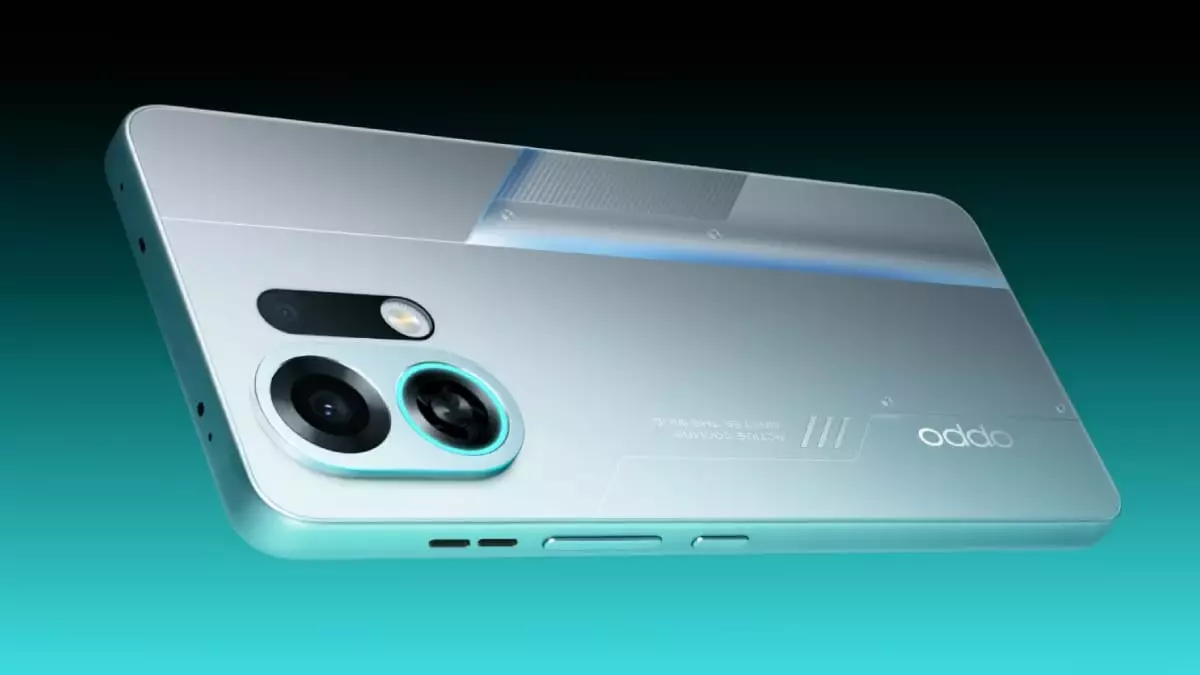Oppo’s announcement of the K13 Turbo series for India has sparked anticipation—yet, beneath the glossy surface lies a series of strategic marketing maneuvers that warrant a skeptical eye. Claimed to come equipped with cutting-edge features, including high-end processors and innovative cooling technology, the series seems poised to challenge the typical mid-range smartphone market. But how much of this hype is rooted in genuine innovation, and how much is a carefully curated narrative designed to entice buyers who are increasingly wary of inflated specifications? The inclusion of active cooling solutions like centrifugal fans and extensive thermal management is ambitious, yet it raises questions about whether these features are more for show than necessity. Are these technological advancements meant to genuinely enhance user experience, or are they a marketing gambit to justify a premium price point in a fiercely competitive segment?
Technological Innovations or Just Gimmicks?
The K13 Turbo’s active cooling system, featuring a miniature centrifugal fan spinning at 18,000 rpm, is certainly impressive in principle. However, it also points to the reality of high-performance smartphone design: heat dissipation remains a persistent challenge that manufacturers are desperate to address. While thermal management is critical, one must question whether integrating such a mechanically complex cooling solution offers real, tangible benefits in everyday use. Does the average consumer even notice improved temperature regulation, or are these high-tech cooling mechanisms simply a way to advertise sort of “overengineering” that appeals to tech enthusiasts but may have minimal impact on typical usage scenarios?
Similarly, the touted performance enhancements—31% improvement in CPU and 49% in GPU for the Snapdragon 8s Gen 4—are indeed ambitious. Yet, the significance of these improvements hinges on their real-world relevance. Are these gains enough to noticeably elevate gaming, multitasking, or AI workloads? Or are they incremental upgrades that give Oppo a competitive edge in marketing but provide limited tangible benefits to the average user? Moreover, the decision to equip the Pro model with a Snapdragon flagship chipset seems aimed at positioning this device as a premium offering, but at what cost to the consumer? Will the price match these high-end specifications, or will Oppo lean on the appeal of cutting-edge tech to justify a potentially inflated retail price?
The Reality of AI Features in Modern Smartphones
Oppo’s emphasis on AI-backed functionalities, such as real-time voice recognition, scene optimization, and smart suggestions, reflects a broader trend in smartphones—a desire to make AI an integral part of the user experience. While these features sound impressive, they often tend to be overly hyped. AI capabilities frequently fall into the realm of novelty rather than necessity; they are marketed as transformative but often offer marginal improvements in practicality. The question becomes: Are we genuinely progressing towards smarter, more responsive devices, or are these AI features primarily marketing tools designed to justify higher prices and outpace competitors?
Furthermore, the deployment of advanced network standards like Wi-Fi 7 and Bluetooth 6.0 indicates Oppo’s focus on future-proofing their devices. Yet, the adoption of such standards relies heavily on ecosystem readiness and consumer participation. Without widespread adoption, these features risk becoming superficial upgrades that do little to improve the everyday experience for most users. It’s telling that Oppo teases these specifications as market differentiators but neglects to discuss the real-world availability and practical benefits that consumers are likely to notice.
The Market Positioning Dilemma: Affordability vs. Premium Perception
Perhaps the most intriguing aspect of the K13 Turbo series is its pricing tease—under Rs. 40,000. On paper, this positions the device as a high-performance smartphone accessible to a broad audience. However, the combination of premium features like flagship processors, active cooling, and advanced AI hints at a desire to merge entry-level affordability with premium technology. This duality can be problematic—it risks creating a “budget flagship” that may not excel in either realm due to cost constraints or unfulfilled expectations.
Consumers in the mid-range segment are becoming increasingly discerning. They want genuine innovation, durability, and a seamless experience—not just marketing flash. Oppo’s strategy seems to bank on the allure of high-tech features, but whether these will meet the real-world needs of users remains uncertain. The risk is that the series may become just another gadget with impressive specs on paper, but little impact on daily usability if they fail to deliver on performance, reliability, or long-term software support.
In essence, Oppo faces a delicate balancing act. It must persuade consumers that the K13 Turbo series is more than a sleek marketing package—an actual step forward in smartphone technology that justifies their investment. If it falls short, the series could be seen as another iteration of high-spec devices that overpromise and underdeliver—a common yet avoided pitfall in the fiercely competitive smartphone industry.


Leave a Reply